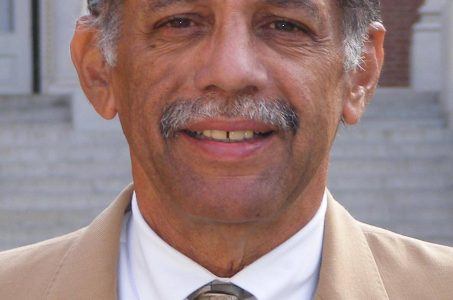AGA Issues New ‘Best Practices’ to Impede Money Laundering Inside Casinos
Posted on: December 9, 2019, 02:20h.
Last updated on: December 9, 2019, 03:01h.
The AGA (American Gaming Association), the preeminent lobbying group working on behalf of the gaming industry, has issued new guidelines that are geared towards further safeguarding against money laundering being facilitated inside casinos.

Casinos in the United States that generate $1 million or more in annual gross gaming revenue are required under the Bank Secrecy Act to file a Currency Transaction Report (CTR) for any transaction of $10,000 or more in a 24-hour timeframe.
Additionally, casinos – like banks and other financial institutions – must complete Suspicious Activity Reports when a customer is suspected of trying to skirt regulations of the Bank Secrecy Act. One example is called “structuring,” the process of a gambler who is seen breaking up transactions into smaller amounts in order to bypass the necessity to complete a CTR.
In 2014, the gaming industry became the first industry to establish a list of “best practices” to thwart money laundering. And now, the AGA is expanding on its set of protocols to make sure casinos are helping prevent the illicit flow of money.
Updated Defenses
The AGA said its updated “Best Practices for Anti-Money Laundering (AML) Compliance” stems from new guidance from the US Treasury Department’s Financial Crimes Enforcement Network (FinCEN), National Money Laundering Risk Assessment, and Office of Foreign Assets Control.
The revised guidelines contain a more robust risk assessment section, and an enhanced “Know Your Customer/Customer Due Diligence” section.
As one of the most highly regulated industries in the United States, it is imperative we take every possible step to discourage illicit behavior and safeguard the integrity of the casino industry,” AGA President Bill Miller said.
The AGA’s Best Practices document now runs 44 pages in length. The lobbying organization, however, says, “AML programs are risk-based, and casinos have different risk profiles, so individual casinos will have good reasons for departing from or modifying a procedure in this document, or for developing supplemental or alternative procedures, including appropriate approvals and documentation of decision-making.”
Cashless Casinos?
In his first G2E address as AGA head, Miller told the Las Vegas crowd that it’s time to bring the gaming industry into current technological times and begin to reduce its reliance on cold, hard cash.
“Every one of you came here somehow. If you took Uber, it was digital. You stayed in a hotel, you put down a card. You went to a restaurant last night or bought something at any one of the stores that we have, it was a digital transaction. Our customers are used to this. They will demand it of us,” Miller said.
Miller is under the opinion that cashless gaming will not only improve the player experience, but also increase a casino’s ability to identify attempted money laundering.
“We can give law enforcement and regulators new tools to more easily identify customer backgrounds, the source of money being gambled, and early warning signs of potential criminal activity,” the AGA chief concluded.
Related News Articles
Maryland Casinos Tell Lawmakers to Back Sports Betting
Derek Stevens Announces Circa Las Vegas Resort and City’s Largest Sportsbook
Caesars, Wynn Resorts Among Barron’s Picks for 2021 Travel Rebound
Maryland Casino Revenue Wanes Nearly Five Percent in August, Gamblers Lose $161.4M
Most Popular
Las Vegas Overstated F1 Race’s Vegas Impact — Report
LOST VEGAS: ‘Tony The Ant’ Spilotro’s Circus Circus Gift Shop
Mega Millions Reportedly Mulling Substantial Ticket Price Increase
Las Vegas Strip Stabbing Near The Strat Leaves One Man Dead
Most Commented
-
End of the Line for Las Vegas Monorail
— April 5, 2024 — 90 Comments -
Mega Millions Reportedly Mulling Substantial Ticket Price Increase
— April 16, 2024 — 6 Comments -
Long Island Casino Opponents Love New York Licensing Delays
— March 27, 2024 — 5 Comments -
VEGAS MYTHS RE-BUSTED: You Can Buy Legal Weed On the Strip
— March 22, 2024 — 4 Comments
















No comments yet